M.I. Lastman's Blog
August 18, 2015
Aforementioned: aphorisms and questions for 2015
Asphalt in the US covers an area the size of Georgia. Half could be restored as green space. 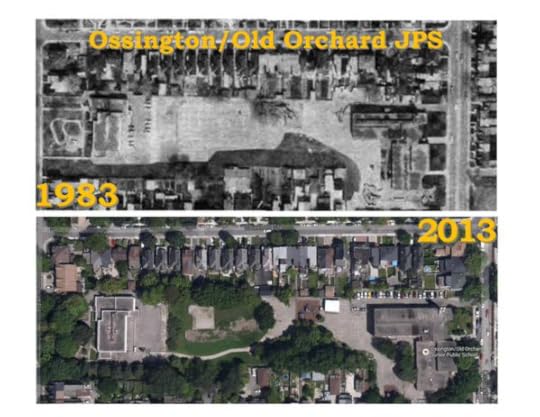
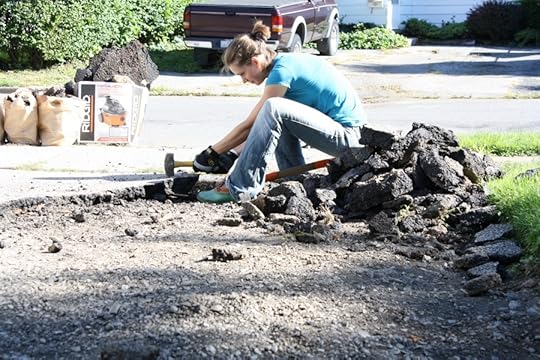

 The truth is that almost all asphalt could be greened if we could reconsider vehicle transport. Asphalt tends to cover prime land for growing and it does contain nutriments. For example, if you plant a lawn over asphalt it will grow.
The truth is that almost all asphalt could be greened if we could reconsider vehicle transport. Asphalt tends to cover prime land for growing and it does contain nutriments. For example, if you plant a lawn over asphalt it will grow.



 The truth is that almost all asphalt could be greened if we could reconsider vehicle transport. Asphalt tends to cover prime land for growing and it does contain nutriments. For example, if you plant a lawn over asphalt it will grow.
The truth is that almost all asphalt could be greened if we could reconsider vehicle transport. Asphalt tends to cover prime land for growing and it does contain nutriments. For example, if you plant a lawn over asphalt it will grow.
Published on August 18, 2015 09:46
August 17, 2015
Aforementioned: aphorisms and questions for 2015
We can burn carbon so long as Nature draws down MORE than we are sending up. That's the hard part. 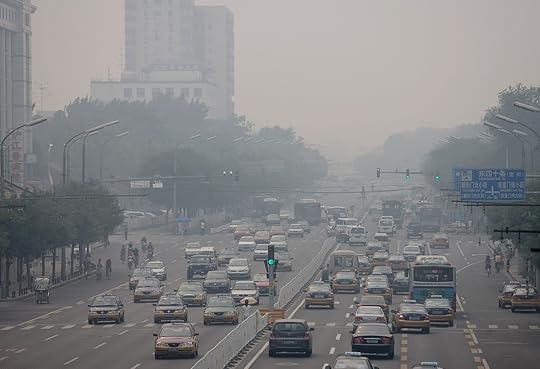 The balance here is wildly out of kilter. The plants in this picture are drawing down only a tiny fraction of what is being sent up into the atmosphere. This equation must be turned upside down or the biosphere probably won't make it. Surprisingly, it is not difficult for any of us to imagine what needs to be done here.
The balance here is wildly out of kilter. The plants in this picture are drawing down only a tiny fraction of what is being sent up into the atmosphere. This equation must be turned upside down or the biosphere probably won't make it. Surprisingly, it is not difficult for any of us to imagine what needs to be done here.
 The balance here is wildly out of kilter. The plants in this picture are drawing down only a tiny fraction of what is being sent up into the atmosphere. This equation must be turned upside down or the biosphere probably won't make it. Surprisingly, it is not difficult for any of us to imagine what needs to be done here.
The balance here is wildly out of kilter. The plants in this picture are drawing down only a tiny fraction of what is being sent up into the atmosphere. This equation must be turned upside down or the biosphere probably won't make it. Surprisingly, it is not difficult for any of us to imagine what needs to be done here.
Published on August 17, 2015 21:33
August 16, 2015
Aforementioned: aphorisms and questions for 2015
Bringing green into an apartment mandates responsibility for other living beings; they return hope for the future.
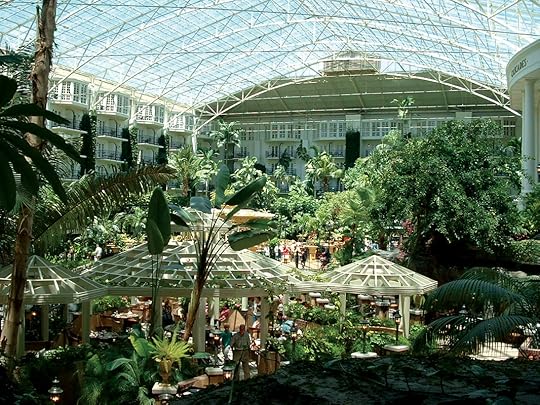
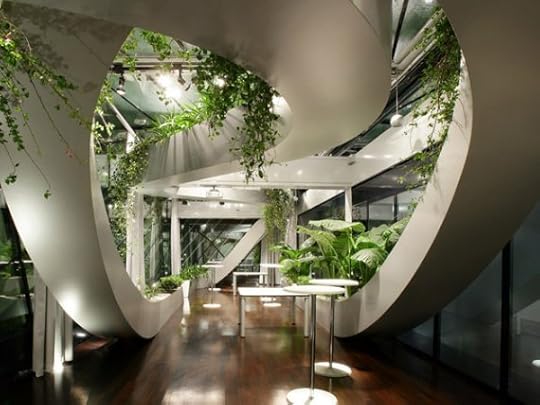
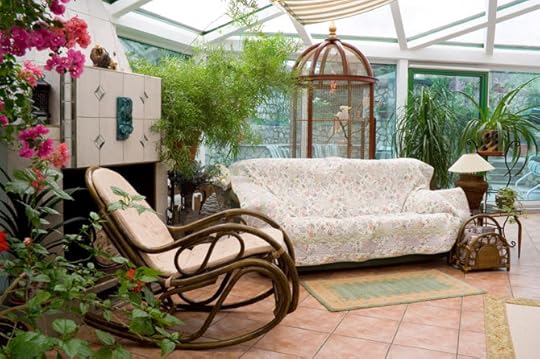
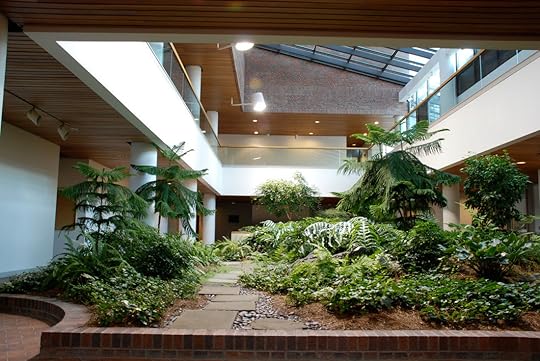 None of the plants shown in these four pictures could survive without our constant intervention on their behalf. However, we will want to fill every available space with green and find ways to permanently sequester the carbon from these plants. This is a process about which we need to learn much, much more. The building materials in the first three pictures are not carbon friendly. The last is much better.
None of the plants shown in these four pictures could survive without our constant intervention on their behalf. However, we will want to fill every available space with green and find ways to permanently sequester the carbon from these plants. This is a process about which we need to learn much, much more. The building materials in the first three pictures are not carbon friendly. The last is much better.



 None of the plants shown in these four pictures could survive without our constant intervention on their behalf. However, we will want to fill every available space with green and find ways to permanently sequester the carbon from these plants. This is a process about which we need to learn much, much more. The building materials in the first three pictures are not carbon friendly. The last is much better.
None of the plants shown in these four pictures could survive without our constant intervention on their behalf. However, we will want to fill every available space with green and find ways to permanently sequester the carbon from these plants. This is a process about which we need to learn much, much more. The building materials in the first three pictures are not carbon friendly. The last is much better.
Published on August 16, 2015 21:01
August 15, 2015
Aforementioned: aphorisms and questions for 2015
Lumber is mostly permanently sequestered carbon. Burning wood feeds the greenhouse. 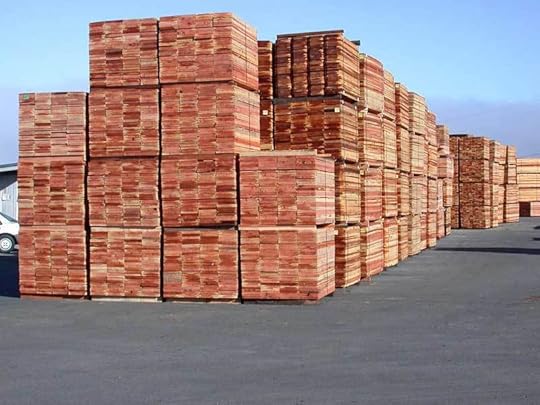
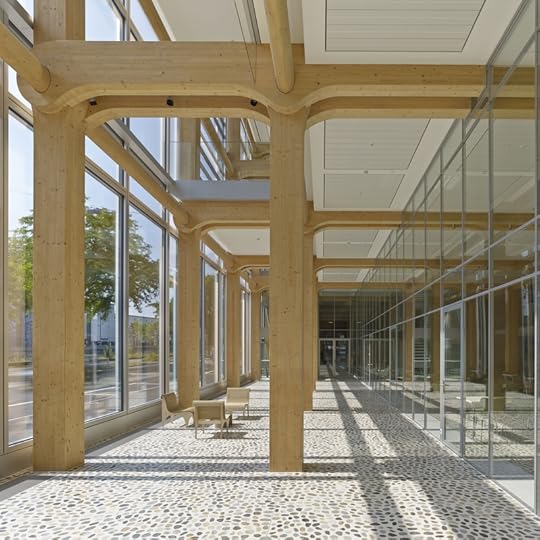

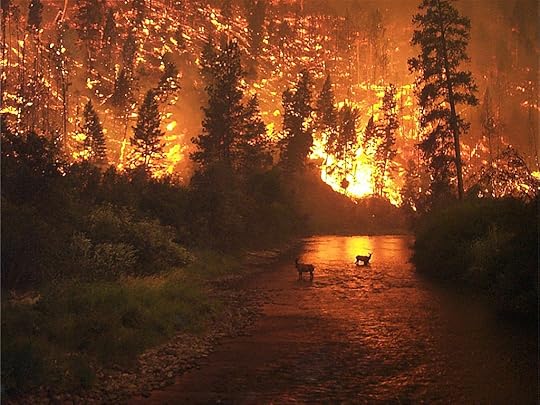 This statement is obvious. What is not so obvious is the fact that we are largely oblivious to the importance of the world's forests. They need to be seen first and foremost as carbon sinks. We must find ways to transform our forests into the building materials of the future, while maintaining and expanding them as natural habitats.
This statement is obvious. What is not so obvious is the fact that we are largely oblivious to the importance of the world's forests. They need to be seen first and foremost as carbon sinks. We must find ways to transform our forests into the building materials of the future, while maintaining and expanding them as natural habitats.
Fires are becoming more and more widespread. We must do everything possible to stem this trend. We must find ways to help the forests to control global warming, thus helping themselves and us.



 This statement is obvious. What is not so obvious is the fact that we are largely oblivious to the importance of the world's forests. They need to be seen first and foremost as carbon sinks. We must find ways to transform our forests into the building materials of the future, while maintaining and expanding them as natural habitats.
This statement is obvious. What is not so obvious is the fact that we are largely oblivious to the importance of the world's forests. They need to be seen first and foremost as carbon sinks. We must find ways to transform our forests into the building materials of the future, while maintaining and expanding them as natural habitats.Fires are becoming more and more widespread. We must do everything possible to stem this trend. We must find ways to help the forests to control global warming, thus helping themselves and us.
Published on August 15, 2015 20:28
August 14, 2015
Aforementioned: aphorisms and questions for 2015
What does it steal from our partners in the biosphere to give all those who fill these places meaningful employment? 

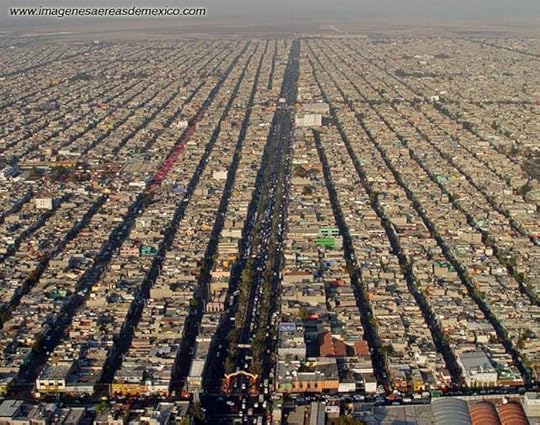
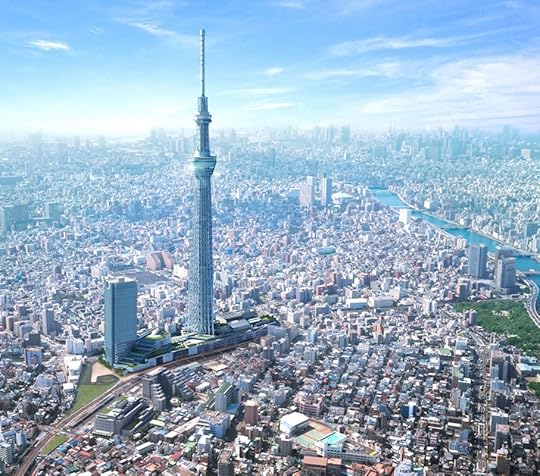 Answer: much more than the biosphere can equitably sustain. We need to do something about our population. It is immoral to continue to find ways to half support more and more of us at the expense of everything else that occupies the biosphere.
Answer: much more than the biosphere can equitably sustain. We need to do something about our population. It is immoral to continue to find ways to half support more and more of us at the expense of everything else that occupies the biosphere.



 Answer: much more than the biosphere can equitably sustain. We need to do something about our population. It is immoral to continue to find ways to half support more and more of us at the expense of everything else that occupies the biosphere.
Answer: much more than the biosphere can equitably sustain. We need to do something about our population. It is immoral to continue to find ways to half support more and more of us at the expense of everything else that occupies the biosphere.
Published on August 14, 2015 15:57
August 13, 2015
Aforementioned: aphorisms and questions for 2015
Message to the young: Speak out about world population growth; it’s crowding your future.

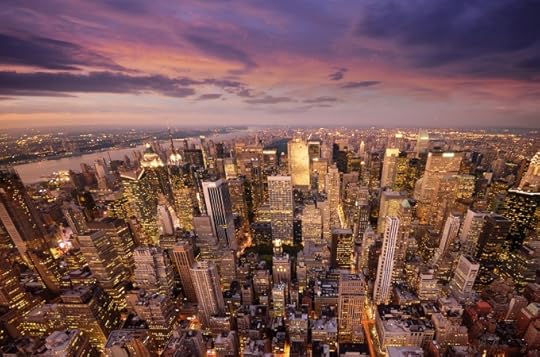 Picture one shows the Pope at a meeting of large families at which he spoke out for the need for government programs to support larger families. To put the matter rather starkly, would he speak out in support of larger murders of crows. What in God's name is the difference, fundamentally?
Picture one shows the Pope at a meeting of large families at which he spoke out for the need for government programs to support larger families. To put the matter rather starkly, would he speak out in support of larger murders of crows. What in God's name is the difference, fundamentally?

 Picture one shows the Pope at a meeting of large families at which he spoke out for the need for government programs to support larger families. To put the matter rather starkly, would he speak out in support of larger murders of crows. What in God's name is the difference, fundamentally?
Picture one shows the Pope at a meeting of large families at which he spoke out for the need for government programs to support larger families. To put the matter rather starkly, would he speak out in support of larger murders of crows. What in God's name is the difference, fundamentally?
Published on August 13, 2015 15:31
August 12, 2015
Aforementioned: aphorisms and questions for 2015
With our help, cities could draw down more carbon permanently than an undisturbed forest. 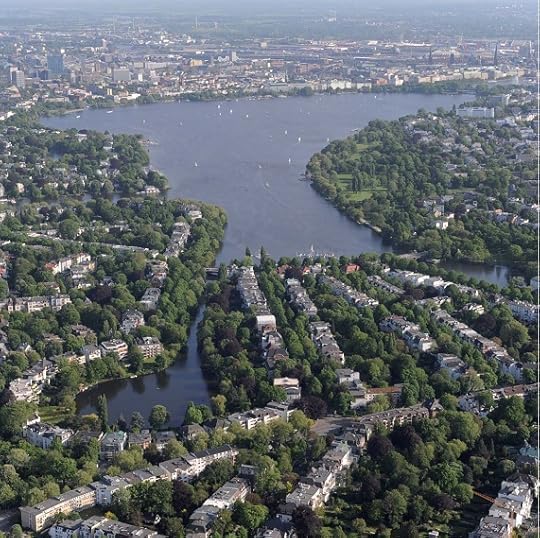
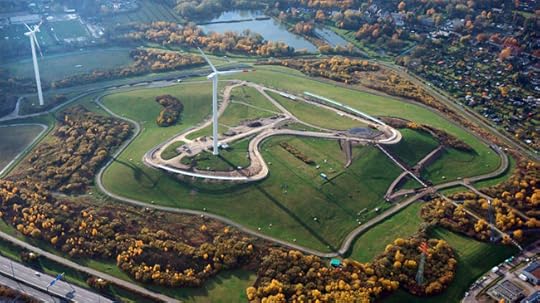
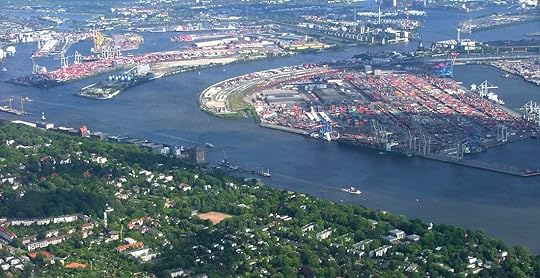
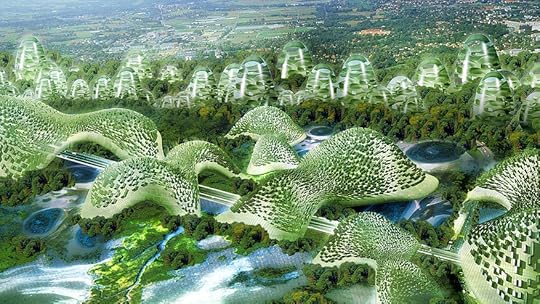 The first three pictures show Hamburg, Germany which perhaps the greenest city in the world at the moment. From picture three we can see that it still has a long way to go, but it has ambitious plans. Picture four shows, Geneva, Switzerland as it might look with its green potential fully realized.
The first three pictures show Hamburg, Germany which perhaps the greenest city in the world at the moment. From picture three we can see that it still has a long way to go, but it has ambitious plans. Picture four shows, Geneva, Switzerland as it might look with its green potential fully realized.



 The first three pictures show Hamburg, Germany which perhaps the greenest city in the world at the moment. From picture three we can see that it still has a long way to go, but it has ambitious plans. Picture four shows, Geneva, Switzerland as it might look with its green potential fully realized.
The first three pictures show Hamburg, Germany which perhaps the greenest city in the world at the moment. From picture three we can see that it still has a long way to go, but it has ambitious plans. Picture four shows, Geneva, Switzerland as it might look with its green potential fully realized.
Published on August 12, 2015 15:46
August 11, 2015
Aforementioned: aphorisms and questions for 2015
We should all take part in the urban garden. Fill your space with green. 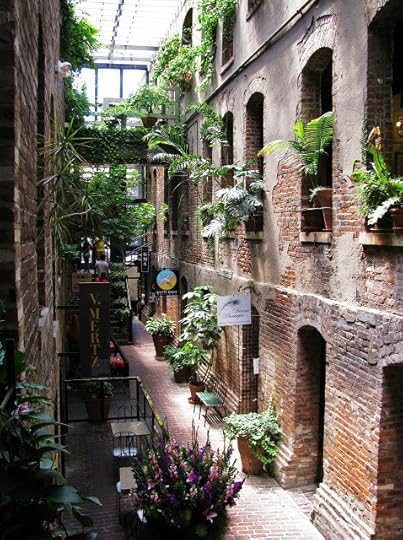


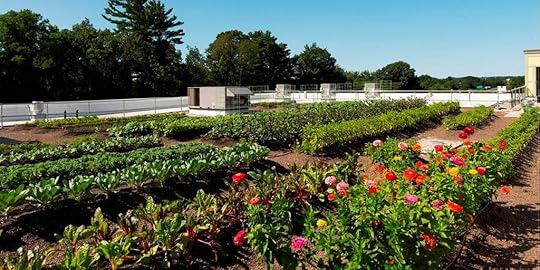 All these pictures show affluent settings. In fact, in many parts of the world, less wealthy people have been using their available space to grow things for eons. In most confined living spaces, we could not match our carbon footprint with our green footprint. However, to try definitely takes us in the right direction.
All these pictures show affluent settings. In fact, in many parts of the world, less wealthy people have been using their available space to grow things for eons. In most confined living spaces, we could not match our carbon footprint with our green footprint. However, to try definitely takes us in the right direction.



 All these pictures show affluent settings. In fact, in many parts of the world, less wealthy people have been using their available space to grow things for eons. In most confined living spaces, we could not match our carbon footprint with our green footprint. However, to try definitely takes us in the right direction.
All these pictures show affluent settings. In fact, in many parts of the world, less wealthy people have been using their available space to grow things for eons. In most confined living spaces, we could not match our carbon footprint with our green footprint. However, to try definitely takes us in the right direction.
Published on August 11, 2015 15:04
August 10, 2015
Aforementioned: aphorisms and questions for 2015
How close are we to maximizing the green power of our cities? 1%, 20%, does anyone know? 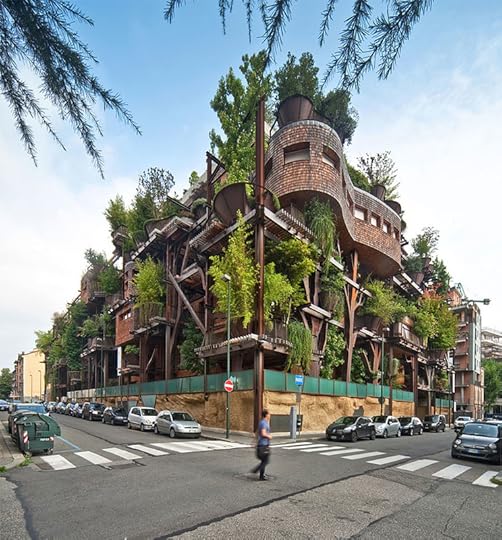
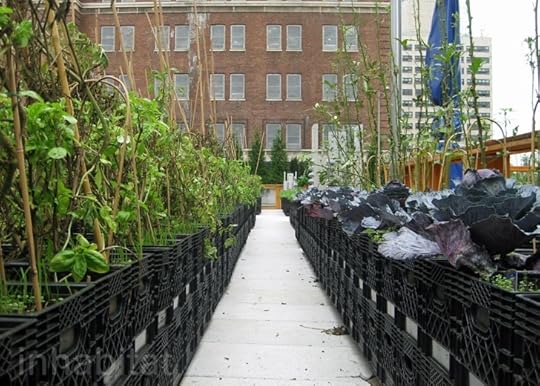
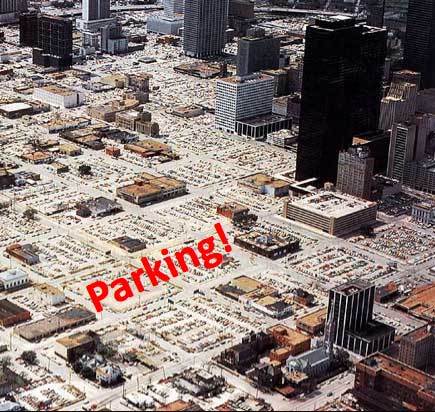
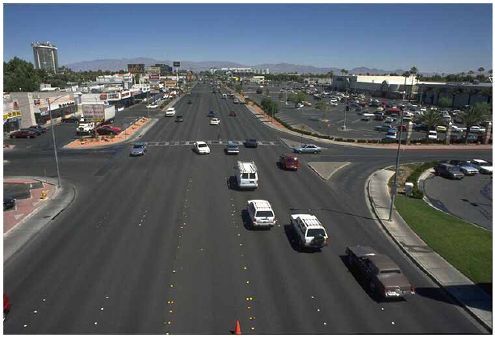 If we start today, by 2050 we may be drawing more carbon out of the atmosphere from our cities than we are inputting. We need to be investigating that possibility as an urgent priority. For example, if we were to plant a lawn over the asphalt jungle in picture four, we would sequester all of the bituminous carbon in the pavement while drawing more down through surface photosynthesis. It is possible.
If we start today, by 2050 we may be drawing more carbon out of the atmosphere from our cities than we are inputting. We need to be investigating that possibility as an urgent priority. For example, if we were to plant a lawn over the asphalt jungle in picture four, we would sequester all of the bituminous carbon in the pavement while drawing more down through surface photosynthesis. It is possible.



 If we start today, by 2050 we may be drawing more carbon out of the atmosphere from our cities than we are inputting. We need to be investigating that possibility as an urgent priority. For example, if we were to plant a lawn over the asphalt jungle in picture four, we would sequester all of the bituminous carbon in the pavement while drawing more down through surface photosynthesis. It is possible.
If we start today, by 2050 we may be drawing more carbon out of the atmosphere from our cities than we are inputting. We need to be investigating that possibility as an urgent priority. For example, if we were to plant a lawn over the asphalt jungle in picture four, we would sequester all of the bituminous carbon in the pavement while drawing more down through surface photosynthesis. It is possible.
Published on August 10, 2015 14:33
August 9, 2015
August 09th, 2015
Make our cities net carbon sinks: neutral borrowed energy, rebuild with wood, green everywhere, green creativity. 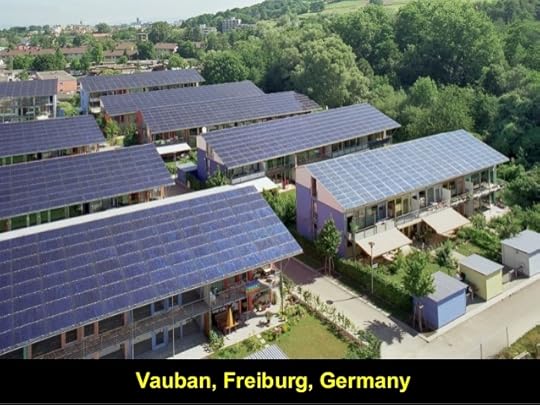
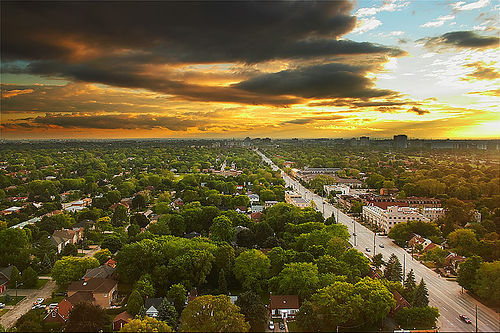
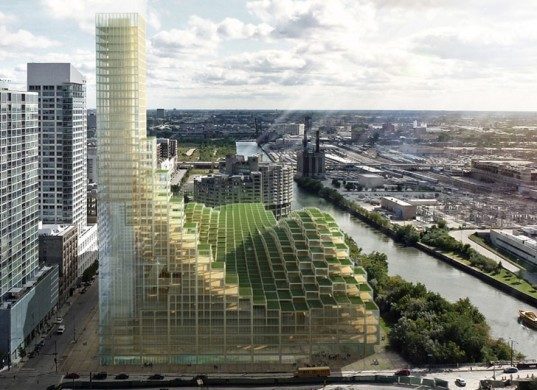
 The goal for our cities should be to make them carbon reducing (drawing down more carbon than sending carbon into the atmosphere). None of these pictures shows carbon reducing city scapes, but they all move dramatically in the correct direction. The first picture probably comes closest and might actually be carbon reducing if the houses were constructed of wood and more were done to reduce the amount of space devoted to asphalt.
The goal for our cities should be to make them carbon reducing (drawing down more carbon than sending carbon into the atmosphere). None of these pictures shows carbon reducing city scapes, but they all move dramatically in the correct direction. The first picture probably comes closest and might actually be carbon reducing if the houses were constructed of wood and more were done to reduce the amount of space devoted to asphalt.



 The goal for our cities should be to make them carbon reducing (drawing down more carbon than sending carbon into the atmosphere). None of these pictures shows carbon reducing city scapes, but they all move dramatically in the correct direction. The first picture probably comes closest and might actually be carbon reducing if the houses were constructed of wood and more were done to reduce the amount of space devoted to asphalt.
The goal for our cities should be to make them carbon reducing (drawing down more carbon than sending carbon into the atmosphere). None of these pictures shows carbon reducing city scapes, but they all move dramatically in the correct direction. The first picture probably comes closest and might actually be carbon reducing if the houses were constructed of wood and more were done to reduce the amount of space devoted to asphalt.
Published on August 09, 2015 14:16



